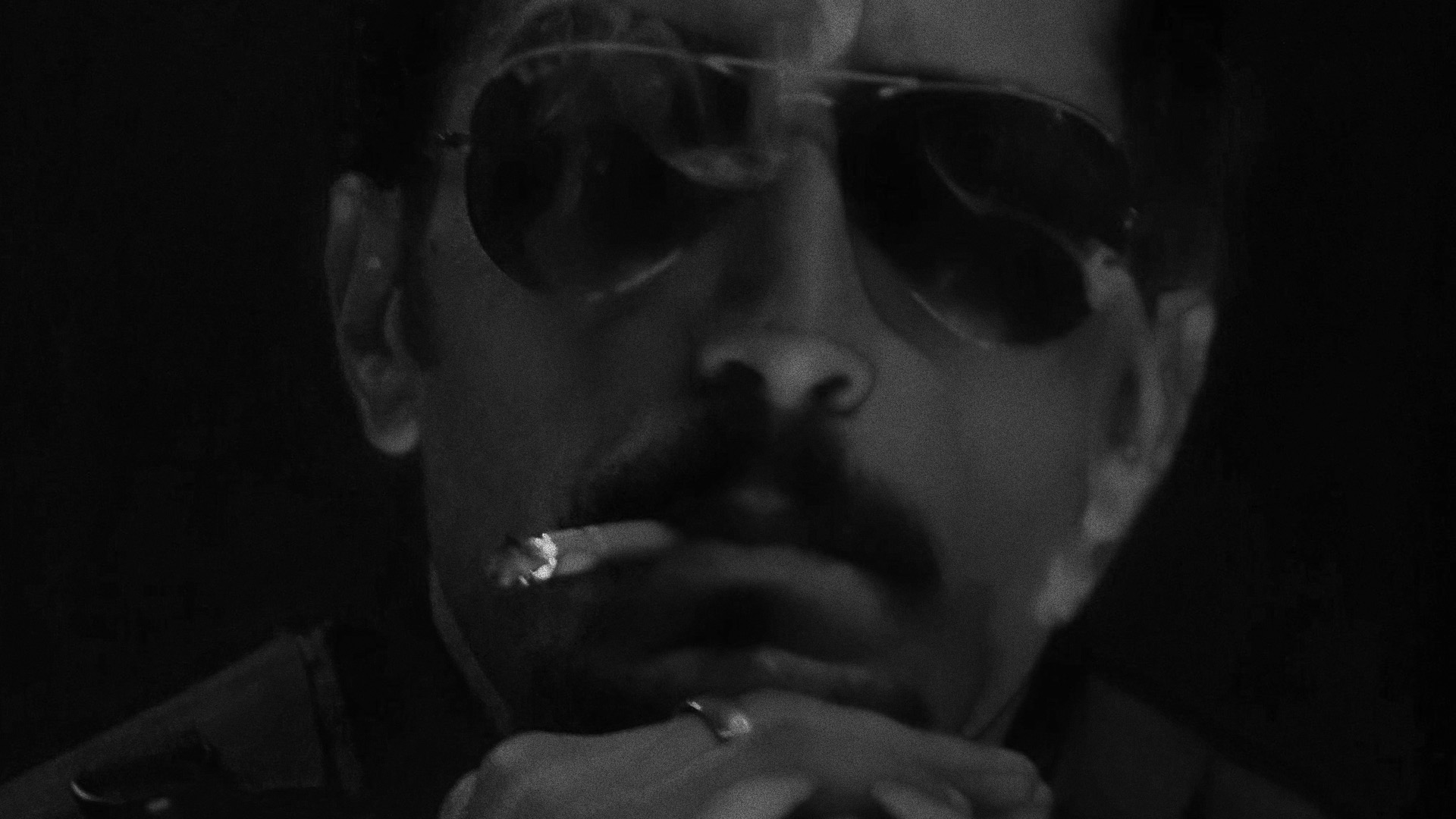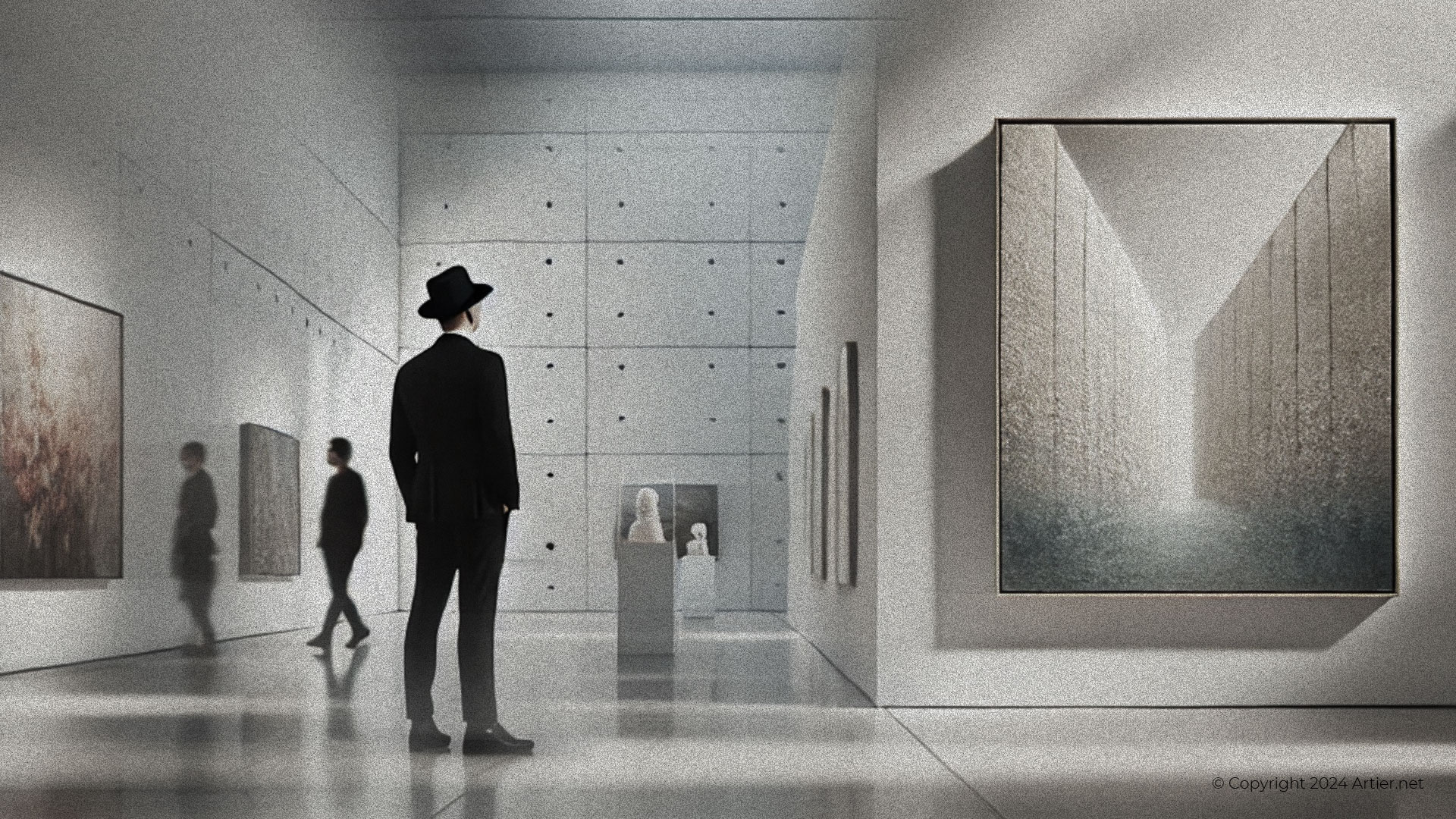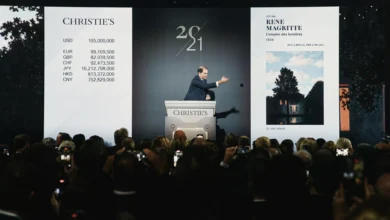Art has always flirted with power: its patrons, its symbols, and its contradictions. Among the more shadowy corners of this interplay lies the mafia: an organization often associated with brutality and secrecy, yet steeped in cultural mythology. Contemporary art, with its proclivity for interrogating societal norms and power structures, has found fertile ground in exploring this juxtaposition.

Photo by Graphe Tween on Unsplash.
The Mafia and Art:
A Fraught History
The mafia‘s influence on art has often been shrouded in intrigue. Historically, organized crime syndicates have utilized art not only as a tool for money laundering but also as a means of flaunting their ill-gotten wealth. Reports of stolen masterpieces hanging in the dens of mafia bosses are almost legendary, with works by Caravaggio and Van Gogh occasionally surfacing in criminal investigations.
In Italy, the birthplace of the mafia, this dynamic has taken on a particularly poignant resonance. Recent exhibitions, such as the one hosted at Milan’s Galleria d’Arte Moderna, unveiled a treasure trove of confiscated artworks from mafia collections. Paintings by Salvador Dalí, Andy Warhol, and even Italian luminaries like Giorgio de Chirico serve as stark reminders of how the underworld has co-opted art as both a trophy and a currency.
Contemporary Art’s
Response to the Mafia
Contemporary artists have not shied away from addressing the themes of crime, secrecy, and rebellion often associated with the mafia. These works frequently challenge romanticized notions of organized crime, exposing the human cost and moral decay underlying its allure.
One striking example is the work of Italian artist Cesare Berlingeri, whose folded canvases symbolize layers of hidden meaning. While not overtly mafia-focused, his art resonates with the themes of concealment and duality, hallmarks of the criminal underworld. Similarly, artist Maurizio Cattelan has engaged with the absurdity of power structures in works like La Nona Ora, where a meteorite strikes Pope John Paul II, an audacious commentary on authority and vulnerability.
Art as a Mirror of Power

The mafia’s fascination with art also speaks to the cultural authority art wields. In their acquisition of masterpieces, mafia bosses mimic the actions of historical elites, from Renaissance patrons to modern billionaires. Art becomes a status symbol, yet one that paradoxically critiques the very systems of power it is drawn into.
For example, photographer Letizia Battaglia’s raw depictions of mafia violence in Sicily are both an act of defiance and an artistic intervention. Her work strips away the glamour often associated with the mafia, revealing the human suffering left in its wake. Such art underscores how contemporary creators are not merely passive observers but active participants in dismantling harmful myths.
The Role of
Art Galleries and Exhibitions
Galleries and exhibitions play a crucial role in reframing the narrative around art and the mafia. By showcasing confiscated works, they highlight the underbelly of the art world while reclaiming these pieces for the public. The Milan exhibition, for instance, recontextualized Dalí’s surrealism and Warhol’s pop art within the grim realities of organized crime, forcing viewers to confront the uneasy overlap of beauty and corruption.
This intersection is not limited to Italy. Global exhibitions have increasingly explored the themes of crime and justice through art. Banksy’s works, for example, often touch on themes of rebellion and subversion, resonating with the idea of art as a counterforce to institutionalized power, whether in politics or the underworld.
Why This Matters
Addressing the mafia through contemporary art is not just a creative exercise; it is a moral one. It challenges us to think about art’s place in society—not merely as a luxury or an aesthetic pursuit, but as a potent tool for critique and change. By illuminating the intersections of art and organized crime, galleries and artists provoke uncomfortable questions about power, legitimacy, and resistance.
In presenting such narratives, your website has the potential to carve a unique space in the crowded world of art commentary. By merging contemporary art with unconventional subjects like the mafia, you not only showcase the versatility of artistic expression but also invite your audience to think deeply about the world art inhabits and critiques.
Conclusion:
Art in the Shadows
Contemporary art and the mafia may seem like an unlikely pairing, but their intersection offers a profound lens through which to examine culture and power. From galleries reclaiming stolen works to artists exposing hidden truths, this dialogue underscores art’s enduring relevance in confronting societal issues.
By exploring these themes, your website could position itself as a platform for bold, thought-provoking commentary, offering readers a glimpse into the shadows where art and the underworld meet. With curated illustrations and photographs, this narrative will captivate and challenge, ensuring your platform stands apart as a hub for compelling artistic discourse.
Let me know if you’d like any sections expanded or adjusted!




